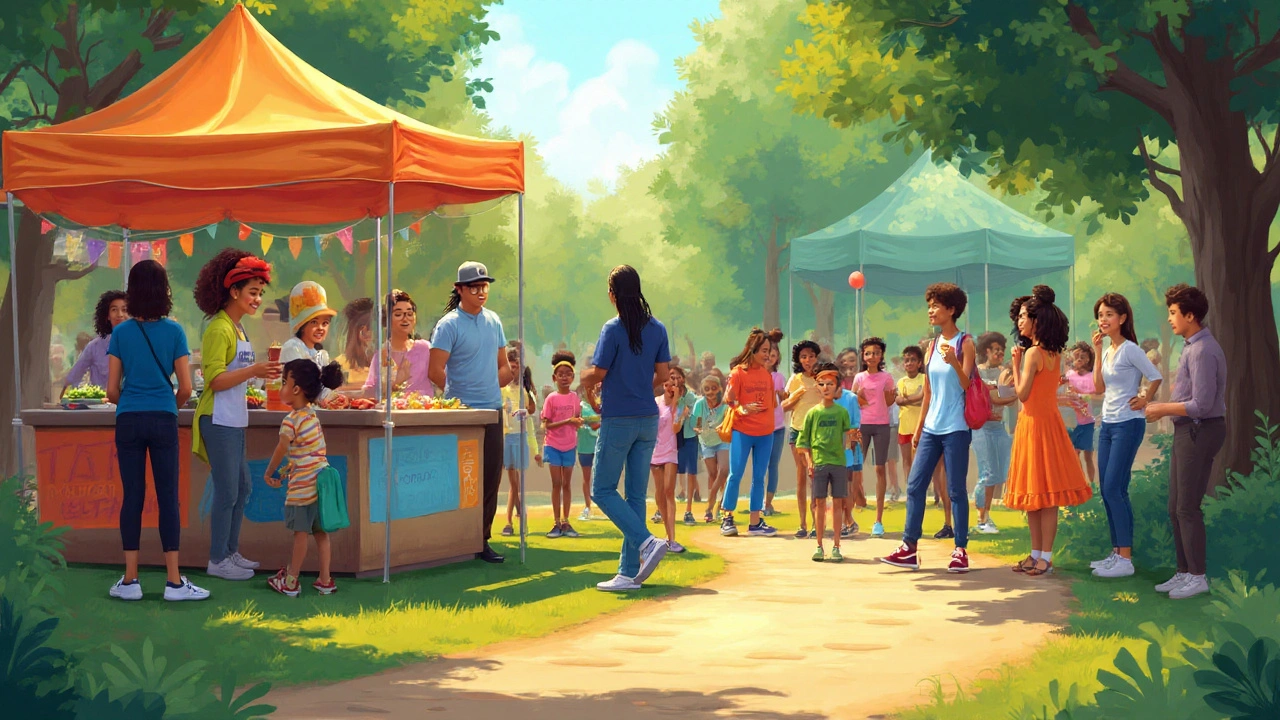Community Health: Simple Tips for a Safer, Healthier Neighborhood
When you think about health, it’s easy to focus on yourself. But the real boost comes from looking out for the people around you. A little extra care at home, in the park, or at the local pharmacy can cut injuries, keep medicines safe, and make everyone feel better. Below are practical steps you can start using today.
Prevent Common Injuries at Home
Falls and sprains are the top reasons seniors end up in the ER, yet most of those injuries are avoidable. Keep walkways clear of cords, use non‑slip mats in the bathroom, and make sure lighting is bright enough for evening trips. For older adults, installing grab bars near toilets and showers adds a safety net without a big remodel.
Our guide on Sprain Prevention and Care for Elderly breaks down simple habits like doing gentle ankle circles each morning and checking shoe soles for wear. Even a quick 5‑minute stretch before a walk can improve balance and reduce the chance of a twist.
Safe Medication Practices in Your Community
Medication safety isn’t just a doctor’s job; it’s a community effort. Talk to neighbors about where to find reputable online pharmacies and share red‑flags like “no prescription required” offers. Our reviews of sites like primedz.com and canadian-quality-drugs.com show what to look for: clear contact info, real pharmacist support, and a safe checkout process.
Specific drugs need extra caution. For example, people on levetiracetam for seizures should avoid certain antibiotics and alcohol because they can boost side effects. The Levetiracetam Interactions article lists exact combos to skip, so you can help a friend spot a dangerous mix before it happens.
Another common concern is over‑the‑counter supplements. The Beta‑Glucans Guide 2025 explains how to read labels, choose reliable brands, and stick to safe dosages. Sharing this kind of info at community events or on a neighborhood Facebook group can stop people from mixing supplements with prescription meds by accident.
Beyond the home, keep an eye on public spaces. Encourage local gyms to post clear signage about proper equipment use and to provide first‑aid kits. If a park bench looks wobbly, report it to the council—small fixes prevent bigger injuries.
Health doesn’t happen in isolation. Organize a monthly “wellness walk” where participants check each other's shoes, share hydration tips, and swap stories about safe medication purchases. The social angle keeps people engaged and makes the advice stick.
Remember, community health is a two‑way street. When you share what you learn—whether it’s a trick to prevent a sprain or a tip for spotting a legit online pharmacy—you’re building a safer environment for everyone. Start small, stay consistent, and watch the benefits spread across your neighborhood.
Why Cultural Sensitivity Is Crucial in Tackling Obesity
- Natala Menezes
- |
- |
- 6
Explore how cultural sensitivity reshapes obesity prevention, improves health equity, and boosts community outcomes with practical, evidence‑based strategies.
View more